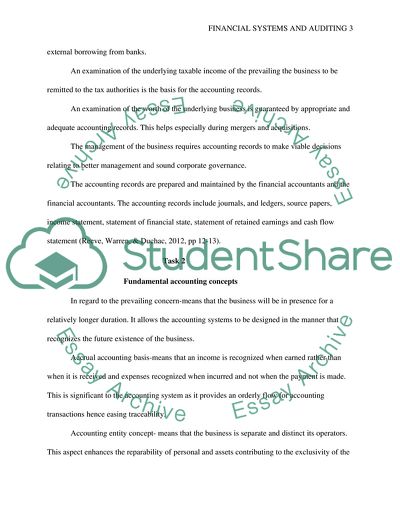Cite this document
(Not Found (#404) - StudentShare, n.d.)
Not Found (#404) - StudentShare. https://studentshare.org/finance-accounting/1828502-financial-systems-and-auditing
Not Found (#404) - StudentShare. https://studentshare.org/finance-accounting/1828502-financial-systems-and-auditing
(Not Found (#404) - StudentShare)
Not Found (#404) - StudentShare. https://studentshare.org/finance-accounting/1828502-financial-systems-and-auditing.
Not Found (#404) - StudentShare. https://studentshare.org/finance-accounting/1828502-financial-systems-and-auditing.
“Not Found (#404) - StudentShare”. https://studentshare.org/finance-accounting/1828502-financial-systems-and-auditing.


